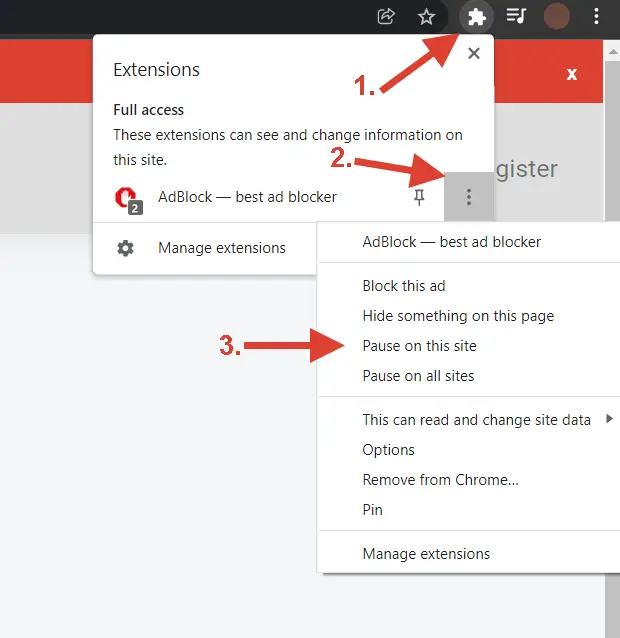Can you really make money selling your art online, or is Redbubble just another platform exploiting creators? It’s a question many artists and designers have been asking, especially with the recent changes to Redbubble’s fee structure and the introduction of a new account tier system. Redbubble, a massive print-on-demand marketplace that boasts millions of customers and a vast global reach, has long been a popular platform for independent artists to showcase and sell their work. But is Redbubble still a good option in 2024, or are these recent changes a sign that the platform is no longer artist-friendly?
This comprehensive review will dive deep into the inner workings of Redbubble, exploring its legitimacy for both artists and customers, analyzing the impact of its new policies, and guiding you through the process of using the platform. Whether you’re an aspiring artist looking to turn your passion into profit or a savvy buyer seeking unique, art-inspired products, this review will help you make an informed decision about Redbubble.
- What is Redbubble?
- Is Redbubble Legitimate?
- Redbubble’s Financial Performance: A Look at the Numbers
- Articore Group: Profitability Up, Revenue Down in Challenging Market
- Redbubble Features and How to Use It
- Redbubble Pricing and Fees (The Big Shift)
- Redbubble: Pros and Cons (Revisited)
- Final Verdict: Is Redbubble Still Legit in 2024?
- FAQ Section
- Conclusion
What is Redbubble?
Redbubble is an online marketplace that allows independent artists to showcase and sell their artwork on a variety of print-on-demand products. It operates on a simple yet powerful premise: artists upload their designs, and Redbubble handles the rest, from printing and production to order fulfillment, shipping, customer service, and payment processing. This allows artists to focus on their creative work, leaving the logistical headaches to Redbubble.
Founded in 2006, Redbubble has experienced remarkable growth, evolving from a small startup to a global powerhouse in the print-on-demand world. With over one million artists and a vast catalog of products ranging from apparel and accessories to home décor and stationery, Redbubble has become a go-to destination for customers seeking unique, art-inspired items. But this success story has been clouded by recent changes to the platform, prompting many to question whether Redbubble is still a truly legitimate and fair platform for artists.
Is Redbubble Legitimate?
The question of Redbubble’s legitimacy has become a hot topic in the artist community. The platform recently introduced a tiered account system and a new fee structure, sparking a wave of concern and criticism. Many artists feel that the new fees are unfair, especially for those just starting or earning modest incomes. Additionally, the criteria for qualifying for higher tiers, which offer fee exemptions and additional benefits, are perceived as vague and opaque, leading to feelings of mistrust and frustration.
However, despite these concerns, there is substantial evidence that Redbubble operates as a legitimate business.
- Positive Customer Feedback: Redbubble consistently receives positive customer reviews on platforms like Trustpilot, indicating a generally high level of satisfaction with its services and products.
- Secure Transactions: The platform utilizes reputable and secure payment processors like PayPal and offers direct bank transfers, ensuring artists get paid and buyers’ financial information is protected.
- Copyright Protection: Redbubble has a robust system in place for reviewing uploaded designs and addressing copyright infringement claims, offering artists a degree of protection and recourse against unauthorized use of their work.
While Redbubble is taking steps to improve its transparency and communication, there is still room for improvement. The company should clearly articulate the criteria for tier placement, providing artists with a clear roadmap for progression and highlighting the benefits of each tier. By enhancing its transparency and responsiveness to artist concerns, Redbubble can build greater trust and reinforce its legitimacy as a platform that values both creators and customers.
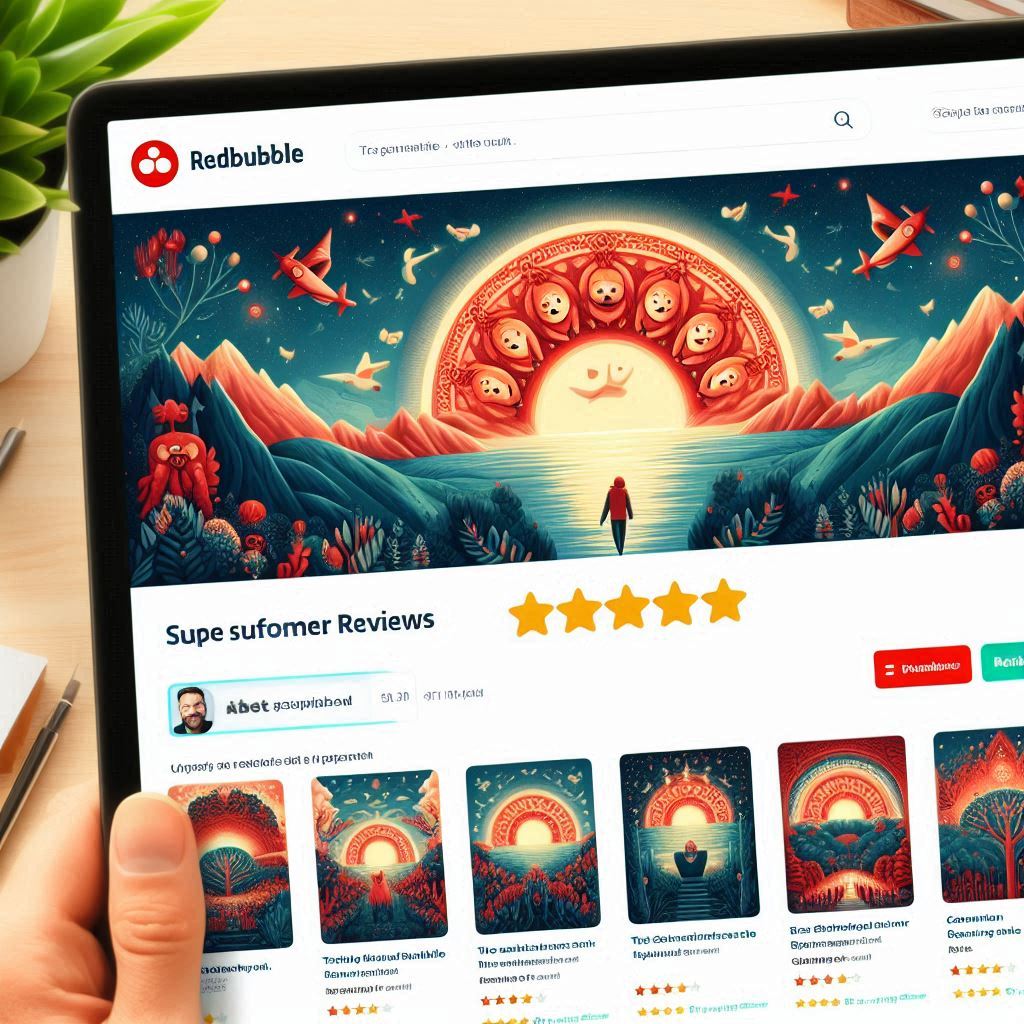
Redbubble’s Financial Performance: A Look at the Numbers
To gain a deeper understanding of Redbubble’s legitimacy and financial health, it’s crucial to analyze the company’s financial reports. Recent data released by Redbubble’s Investor Centre, as of May 2024, reveals interesting insights into the platform’s performance and sheds light on the impact of its new policies.
Key Takeaways from Redbubble’s Investor Reports (May 2024):
- Profitability Focus: Redbubble has shifted its strategic focus from pursuing revenue growth to prioritizing profitability. This is evident in the company’s significant improvement in gross profit margin and GPAPA (Gross Profit After Paid Acquisition) margin.
- Impact of Account Tiers and Fees: The introduction of artist account tiers and fees has contributed to an increase in gross profit, although it has also led to a decrease in total artist earnings, particularly for those in the Standard tier.
- Marketplace Revenue Decline: Redbubble’s marketplace revenue (MPR) has declined in recent quarters, partly due to a more disciplined approach to paid marketing and softer trading conditions.
- Positive Underlying Cash Flow: Despite the revenue decline, Redbubble has achieved positive underlying cash flow, indicating a healthy financial position and a commitment to sustainable growth.
- Focus on Efficiency: Redbubble is actively optimizing its operations, particularly its paid marketing strategies and supply chain, to maximize efficiency and profitability.
- Geographic Diversity: Redbubble operates at a global scale, with North America contributing the majority of its gross transaction value. This highlights the platform’s extensive reach and potential for international growth.
- Transparency in Segment Reporting: The company has adopted segment reporting, providing greater transparency into the individual performance of its two marketplaces, Redbubble and TeePublic.
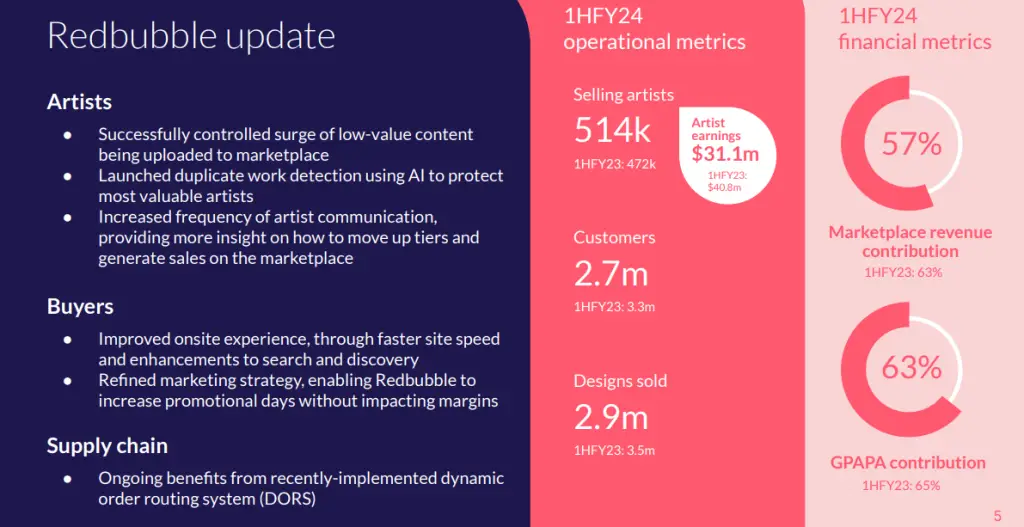
These financial insights provide valuable context for evaluating Redbubble’s legitimacy and its future prospects. While the new fee structure and tiered system have raised concerns among some artists, the company’s emphasis on profitability and operational efficiency suggests a commitment to creating a sustainable business model. However, Redbubble must address the lack of transparency in its tier qualification criteria and improve communication with its artist community to build trust and ensure long-term success.
Articore Group: Profitability Up, Revenue Down in Challenging Market
The Articore Group, parent company of leading online artist marketplaces Redbubble and TeePublic, has unveiled its financial results for the first nine months of FY24, painting a picture of strategic shifts and cautious optimism in a tough economic landscape.
The Highlights:
- Profitability Soars: Articore achieved a remarkable turnaround, reporting a significant operating EBITDA of $13.5 million for the first half of FY24, compared to a loss of $18 million in the same period last year. This positive trend continued into the third quarter, with operating EBITDA reaching -$2.2 million, a substantial improvement from the -$11.1 million reported in 3QFY23.
- Cash Flow Remains Positive: Despite a seasonally challenging third quarter, the Group maintains positive year-to-date underlying cash flow, a testament to their commitment to financial stability.
- Margins Expand Despite Revenue Decline: Both Redbubble and TeePublic witnessed an impressive increase in gross profit margins, exceeding 40%. This success is attributed to strategic initiatives implemented over the past year, including the introduction of artist account tiers, supply chain optimization, and base price adjustments.
- Marketplace Revenue Dips: Articore acknowledges a decline in marketplace revenue (MPR) across both platforms. This drop is attributed to a conscious decision to prioritize profitability over volume growth and the impact of a revised paid marketing strategy, particularly for Redbubble.
- Guidance Reaffirmed: Despite the challenging market conditions, Articore remains confident in its strategic direction, reaffirming its FY24 guidance for a GPAPA margin between 24% and 26% and operating expenditure between $97 million and $100 million.
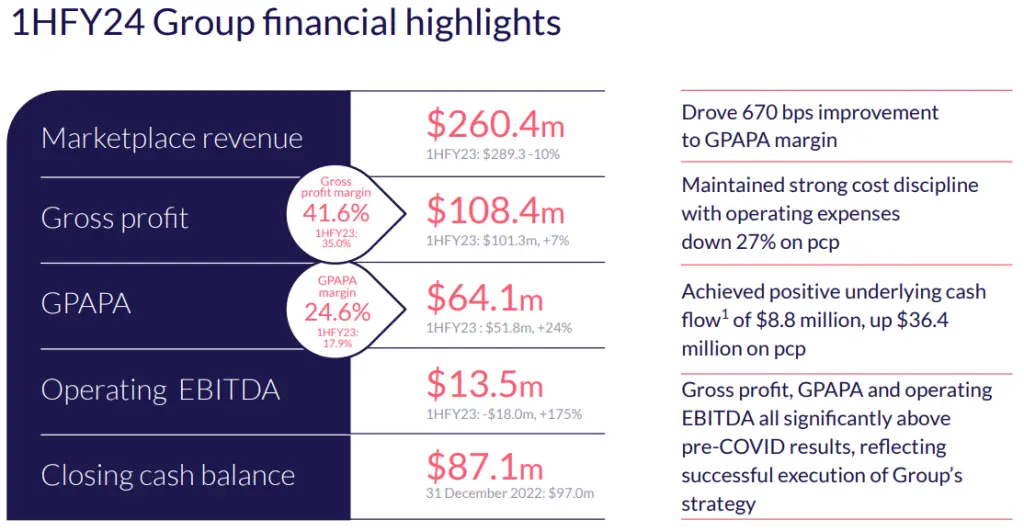
Navigating the New Normal:
Articore’s strategic shift towards prioritizing profitability over sheer volume growth reflects a prudent approach in the face of current economic headwinds. The Group acknowledges the challenges of attracting new customers in a highly competitive market, prompting a renewed focus on optimizing paid marketing strategies.
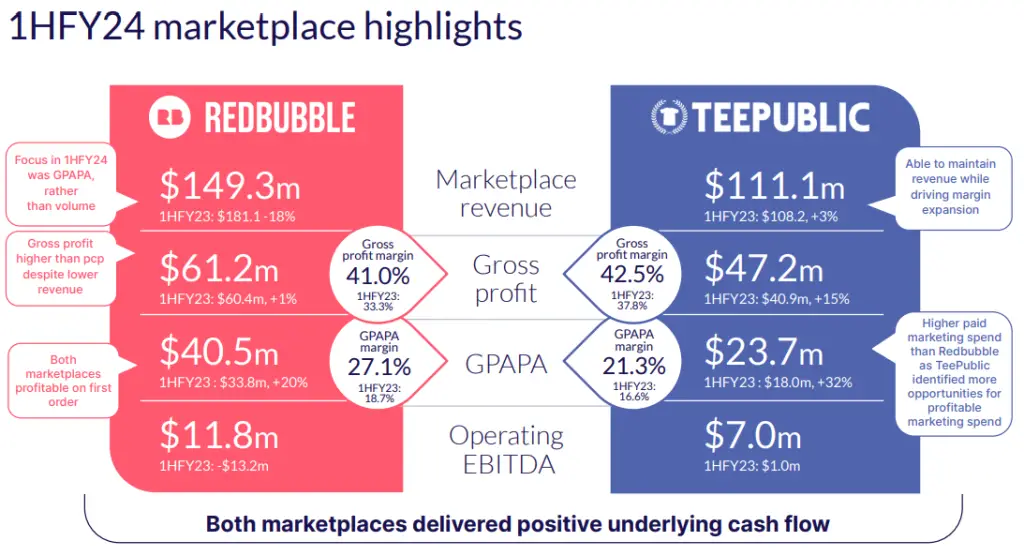
Redbubble: A Work in Progress:
While both marketplaces are contributing to the Group’s improved financial health, Redbubble’s journey appears to be more complex. The platform experienced an 18% drop in MPR in the first half of FY24, largely due to a decrease in paid marketing spend and a strategic effort to improve the quality of content, even if it means a short-term dip in volume.
However, the Group remains optimistic about Redbubble’s long-term potential, focusing on attracting new customers, improving offsite promotion, and leveraging data-driven insights to optimize paid marketing efforts.
TeePublic: A Beacon of Growth:
TeePublic, on the other hand, demonstrated encouraging results with profitable revenue growth. The platform saw increases in the number of selling artists and designs sold, highlighting the effectiveness of its growth strategy. TeePublic’s success is fueled by its focus on enhancing the customer experience through initiatives like introducing search categories, a gifting module, and website redesigns.
Building on this momentum, TeePublic plans to expand into new geographic markets and customer segments, leveraging its success in the US to fuel global growth.
Looking Ahead:
Articore has laid a strong foundation for a profitable future. The Group’s immediate priority is to return to profitable revenue growth while maintaining its commitment to cost discipline.
The Group’s strategic roadmap includes exploring new growth avenues by adding new operating companies that leverage its existing assets and capabilities, including its global fulfillment network, extensive artist base, and technology and marketing expertise.
While challenges persist, Articore’s commitment to profitability, strategic investments, and adaptability position the Group for sustainable success in the ever-evolving world of online art marketplaces. The coming quarters will be crucial in determining if Articore can successfully return to profitable revenue growth and achieve its aim of positive underlying cash flow for FY24.
Source: Redbubble Investor Centre 2024
Redbubble Features and How to Use It
For artists and designers seeking a streamlined platform to sell their creative work, Redbubble offers a user-friendly interface and a comprehensive suite of features. Here’s a step-by-step guide to getting started:
1. Account Creation
- Visit Redbubble’s website and click on the “Sign Up” button.
- Choose “Artist Signup” if you want to sell your designs or “Regular Signup” if you’re only interested in purchasing.
- Enter your email address, create a strong password, and confirm your account via email verification.
2. Storefront Setup
- Personalize Your Profile: Add a profile picture, cover image, and a compelling bio that showcases your artistic style and personality. Include links to your social media accounts or website to connect with potential customers.
- Choose Your Products: Redbubble offers a diverse catalog of products, categorized by type and audience. Select the categories and subcategories where you want to offer your designs. Popular options include apparel, home décor, stickers, and phone cases.
- Set Your Prices: Redbubble allows you to control your profit margins through various pricing methods. You can set a percentage markup that applies to all your products, adjust markups for specific categories, or allow Redbubble to automatically price your designs based on its recommendations. The platform defaults to a 20% markup, but you can adjust this as needed.
- Upload Your Designs:
- Meet Design Requirements: Ensure your artwork meets Redbubble’s specifications for file formats (JPEG or PNG), dimensions, and resolution.
- Create Attractive Mockups: Use Redbubble’s mockup generator to preview your designs on different products, adjusting colors and positioning to create visually appealing presentations.
- Optimize for Search: Choose relevant keywords and tags, and write compelling product descriptions that highlight the unique aspects of your designs. This will help customers discover your products through Redbubble’s search engine and improve your visibility within the marketplace.
3. Marketing and Promotion
- Leverage the Marketplace: Redbubble’s marketplace attracts millions of customers, providing a built-in audience for your designs. However, be aware of the high competition and the need to actively promote your shop.
- Promote Externally: Share your Redbubble shop and products on social media, your website, or other marketing platforms to drive traffic and increase sales.
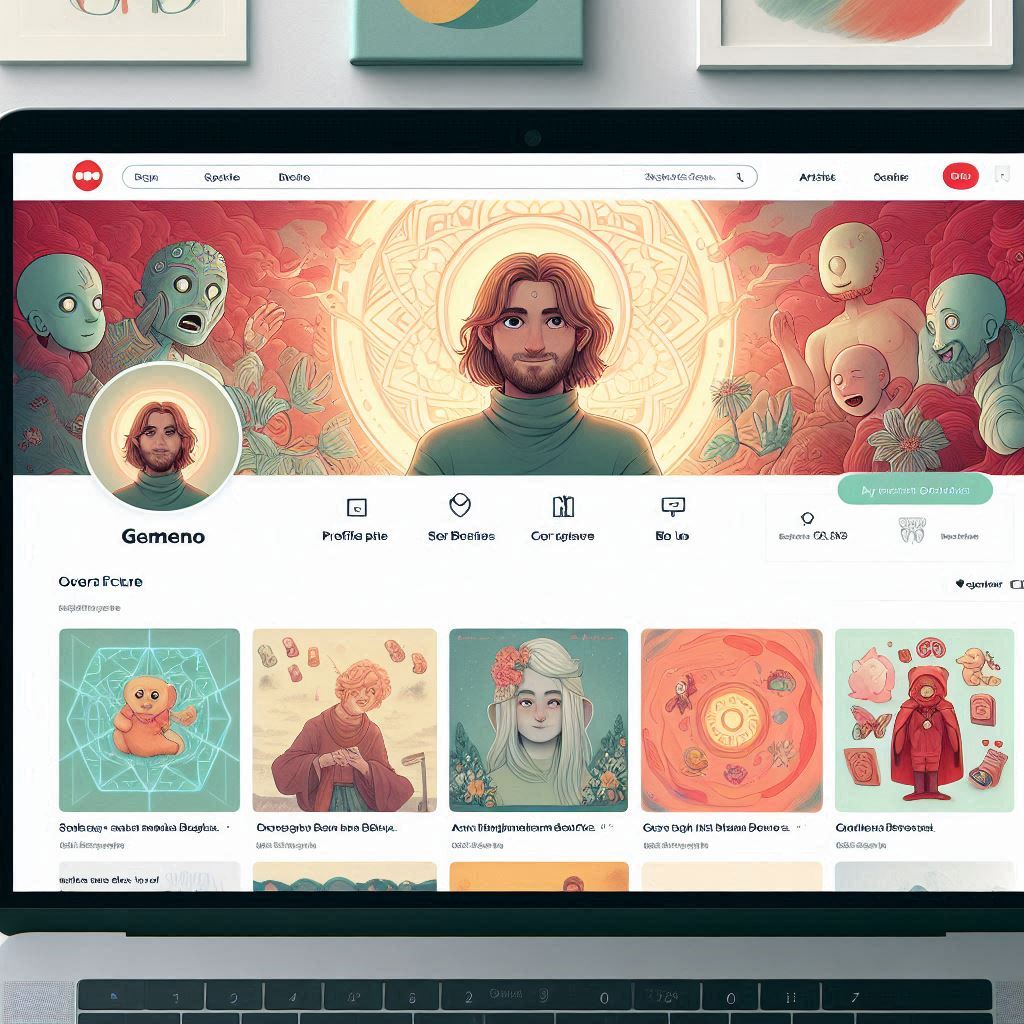
Redbubble Pricing and Fees (The Big Shift)
Understanding Redbubble’s pricing structure is crucial for both artists and buyers. The platform has recently implemented significant changes to its fee system, which have garnered mixed reactions from the artist community.
Base Prices
Each product on Redbubble has a base price, set by the platform. This base price reflects the cost of manufacturing and shipping the product, and it varies depending on the product type and size.
Example Base Prices:
- T-shirt: $18 – $25
- Phone case: $15 – $20
- Art print: $10 – $30
Artist Markups and Royalties
Artists have control over their profit margins by setting markups on top of the base price. Redbubble recommends a default markup of 20%, but you can adjust this to fit your pricing strategy and target market.
Here’s how artist royalties are calculated:
Retail Price: Base Price + Artist Markup
Artist Royalty: (Retail Price – Base Price) * Royalty Percentage
Redbubble typically offers a royalty percentage of around 20%, meaning you earn 20% of the profit margin for each sale.
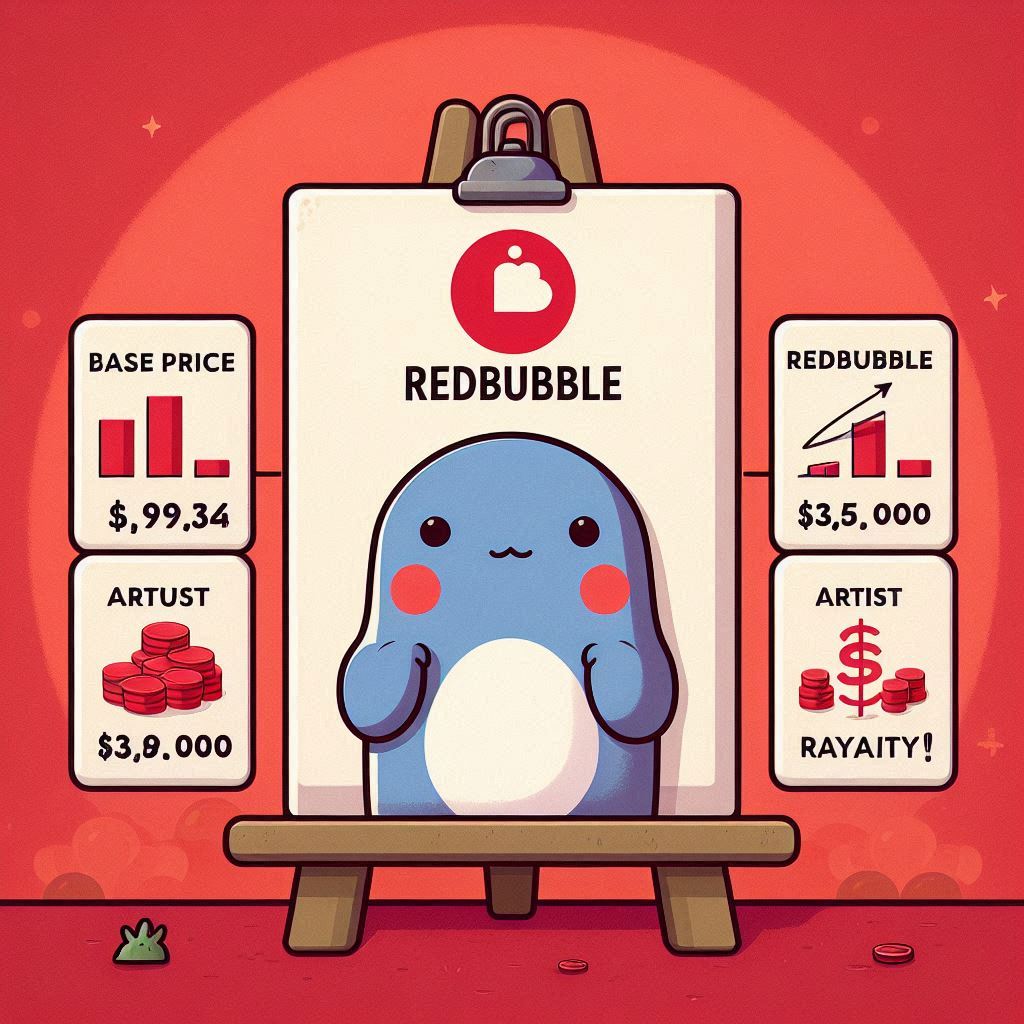
The New Account Fee Structure
Redbubble has introduced a new monthly account fee for artists using the Standard tier. This fee is calculated as a percentage of your monthly earnings, impacting your overall profit.
Here’s a breakdown of the fee structure:
| Monthly Sales | Account Fee |
| $0 – $4.99 | $0 (No Fee) |
| $5 – $5.99 | $2.30 |
| $6 – $19.99 | $4.60 |
| $20 – $24.99 | $9.20 |
| $25 – $49.99 | $11.50 |
| $50 – $59.99 | $22 |
| $60 – $99.99 | $23 |
| $100 – $149.99 | $34 |
| $150 – $249.99 | $46 |
| $250 – $299.99 | $60 |
| $300 – $499.99 | $69 |
| $500 or more | $92 |
As you can see, the account fee increases as your monthly earnings grow. For artists generating significant revenue, this fee can eat into their profits. This new structure has drawn criticism for its lack of transparency and its potential to discourage smaller or less established artists.
Account Tiers
Redbubble now categorizes artist accounts into three tiers: Standard, Premium, and Pro. Each tier offers different benefits and fee structures.
- Standard: This is the default tier for new artists. It includes the monthly account fee outlined above.
- Premium: This tier offers a range of benefits, including exemption from the monthly account fee, increased marketing exposure, and priority customer support.
- Pro: This tier is reserved for top-selling artists who consistently achieve high sales volume and actively engage with the Redbubble community. Pro tier members enjoy the same benefits as Premium, along with exclusive features and additional support.
While the Premium and Pro tiers are attractive for established artists, the criteria for qualifying for these tiers remain unclear. Redbubble should provide transparent guidelines and metrics for tier progression to ensure fairness and incentivize artists to grow their businesses on the platform.
Redbubble: Pros and Cons (Revisited)
The introduction of account fees and a tiered system has undoubtedly shifted the balance of Redbubble’s pros and cons, especially for artists. While the platform still offers many advantages, these recent changes have amplified existing concerns and created new challenges.
Pros:
- Global Reach and Passive Income: Redbubble’s vast customer base and print-on-demand model offer artists a low-risk way to sell their work globally and generate passive income.
- Free Account and No Inventory Costs: Artists can create a Redbubble shop for free and avoid the costs and complexities of managing inventory, production, and shipping.
- Wide Product Selection: Redbubble’s diverse product catalog spans multiple categories, allowing artists to offer their designs on a range of items to appeal to different tastes and preferences.
- Secure Payments and Automated Fulfillment: Redbubble handles all payment processing and order fulfillment, freeing artists from logistical burdens and ensuring secure transactions.
Cons:
- High Competition: The sheer volume of artists and designs on Redbubble creates intense competition, making it challenging for newcomers to stand out and attract customers.
- Lower Profit Margins: Redbubble’s commission fees and the new account fees for Standard tier members can significantly reduce artists’ profits, especially for those who haven’t reached a high sales volume.
- Limited Control: Artists have minimal control over product pricing, production quality, and marketing strategies, relying heavily on Redbubble’s decisions and policies.
- Vague Tier System: The criteria for progressing to Premium and Pro tiers are unclear, causing frustration among artists and raising concerns about fairness and transparency.
Final Verdict: Is Redbubble Still Legit in 2024?
The recent implementation of account fees and a tiered system has undoubtedly shaken the artist community on Redbubble. While the platform’s core functionality remains intact, these changes have introduced new financial hurdles and raised concerns about transparency and fairness.
For beginner artists, Redbubble is still a viable option for testing the waters of print-on-demand. The free signup, absence of inventory costs, and wide product selection make it an accessible platform to experiment with designs and gain experience selling online. However, it’s essential to be realistic about potential earnings, considering the high competition, Redbubble’s commissions, and the new account fees.
Established artists with a strong brand and existing customer base might find more value in exploring alternative platforms like Etsy or building their independent online store. These options offer greater control over pricing, production, and marketing, potentially leading to higher profit margins.
Buyers can still benefit from Redbubble’s vast marketplace of unique designs, secure payment options, and generous return policy. However, it’s crucial to remember that product quality can vary depending on the artist and printing partner, and shipping times can sometimes be lengthy.
Ultimately, the decision of whether Redbubble is “Legit” depends on your individual needs and goals. If you’re an artist concerned about the new fee structure, carefully consider alternative platforms that might offer a more favorable revenue model. If you’re focused on building a strong brand and maximizing profits, prioritize developing an independent online presence alongside your Redbubble shop.
FAQ Section
The recent changes on Redbubble have left many artists with unanswered questions. This FAQ section addresses some of the most common queries:
- What are Redbubble’s account tiers?
Redbubble has three artist account tiers: Standard, Premium, and Pro. The Standard tier is the default for new users and includes a monthly account fee based on earnings. The Premium tier offers benefits like fee exemption, increased marketing exposure, and priority customer support. The Pro tier is reserved for top-selling artists and includes all Premium benefits plus exclusive features.
- How do I qualify for a higher tier on Redbubble?
Unfortunately, Redbubble has not provided clear guidelines on how artists can qualify for the Premium or Pro tiers. The criteria seem to involve factors like sales volume, brand building, community engagement, and adherence to Redbubble’s guidelines. It’s recommended to contact Redbubble directly for clarification on tier qualification metrics.
- Can I switch to a different tier on Redbubble?
No, you cannot manually switch between tiers. Redbubble applies the tier system automatically based on its internal evaluation. The lack of transparency in this process has caused frustration among artists who feel they should have more control over their tier status.
- What are the account fees for each tier?
The Standard tier has a monthly account fee, which is calculated as a percentage of your monthly earnings, as outlined in the table above. The Premium and Pro tiers do not have a monthly account fee (for now). However, Redbubble reserves the right to adjust its fee structure, so it’s wise to stay informed about any potential changes.
- How are Redbubble’s account fees calculated?
The account fee for the Standard tier is deducted as a percentage of your total earnings for the month. For example, if you earn $120 in a month, and the fee for that bracket is 34%, you would pay an account fee of $40.80, leaving you with a net earning of $79.20.
Conclusion
Redbubble remains a legitimate platform for buying and selling art-focused merchandise. However, the introduction of account fees and a tiered system has sparked debate about its continued value for artists, especially those in the early stages of their careers. While the platform offers undeniable benefits, including global reach, ease of use, and passive income potential, it also presents challenges related to competition, profit margins, and control.
Artists considering Redbubble should carefully weigh the pros and cons, explore alternative platforms, and prioritize building their independent online presence. By staying informed and actively engaging with the platform’s evolution, artists can make strategic decisions to maximize their creative and financial success.
For buyers, Redbubble remains a treasure trove of unique designs, offering a way to support independent artists and express their individuality through a diverse range of products. Embrace the creative spirit and discover the world of possibilities that Redbubble offers!
Try these free tools by Topbubbleindex
If you're looking to get started with print-on-demand, Topbubbleindex is the perfect place to begin. We offer all the digital marketing tools you need to be successful, and we're committed to keeping them free forever. Below, you'll find a few of the free tools we offer to help you get ahead of the competition and make sales easily.
- Redbubble Keyword Research
- Redbubble Tag Generator
- Redbubble Trends Finder
- Etsy Keyword Research
- Etsy Tag Generator
- Etsy Trends Finder
- Design Editor
- Image Background Remover
- Image Portrait Generator
- Blogs
- Calendar Holidays
And still counting! If you're still not impressed, try the Topbubbleindex tools for free. Don't hesitate to contact us for suggestions, complaints, or just feedback. We are always working on to keep the Topbubbleindex better.

